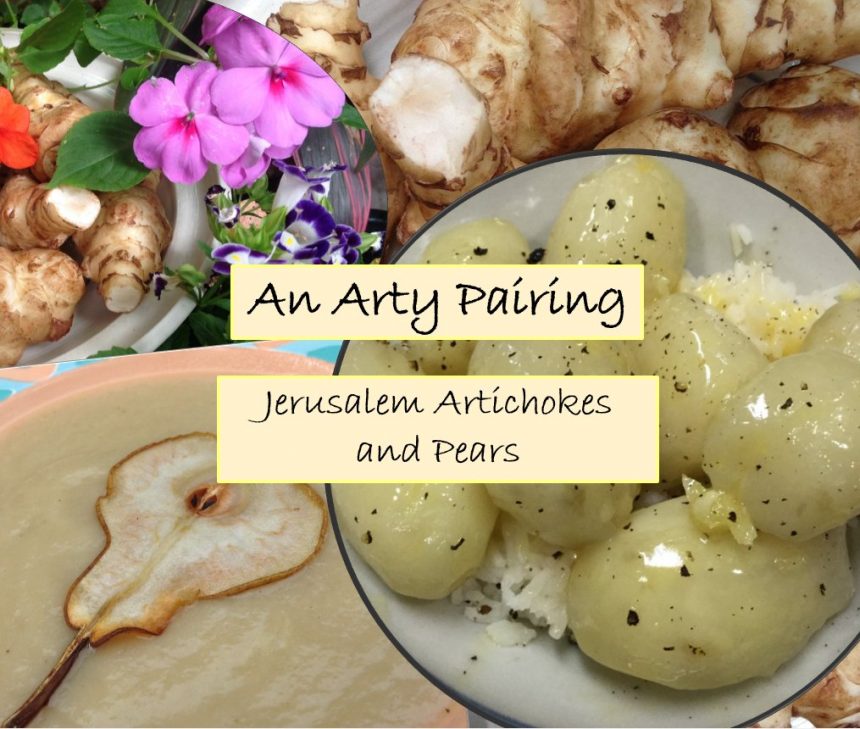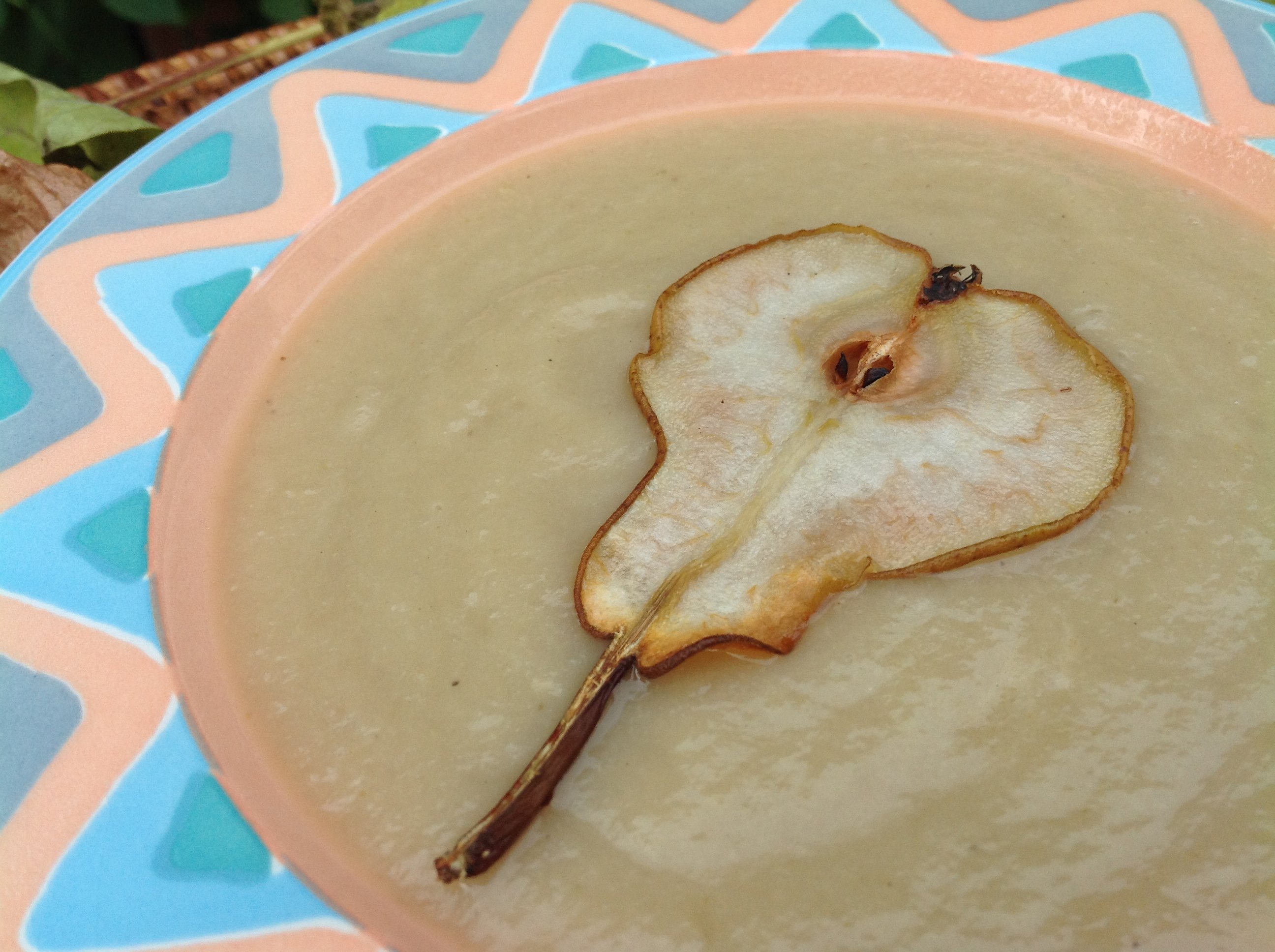My parents were poor but ate like kings, at least in terms of being well ahead of the times and eating things that would eventually become very trendy and costly in high-end restaurants.
Jerusalem artichokes are one example: they once weren’t fashionable. However, for as long as I can remember, my father grew them.
Certainly at Swan Bay he had a special place for his Jerusalem artichokes – a small square in the garden up against the side of the storeroom. There the artichokes thrived from one year to the next, the metre high daisy-like plants disappearing when harvested for their roots, then re-emerging months later from some of the tubers left behind in the ground.
My parents absolutely loved them, as did we kids. We would eat them baked with the roast or boiled or steamed.
While others in the district grew Jerusalem artichokes, few ate them, with many considering them to be “pigs’ food”! That view existed in Europe according to Jane Grigson in her Vegetable Book, where she also explained how the plant was introduced from North America in the 17th Century. The term ‘artichoke’ may have arisen because of some similarity in taste to the globe artichoke, to which it is unrelated. The term ‘Jerusalem’ has nothing to do with the Middle East but might have been a distortion of the French and English word ‘girasol’ relating to the sunflower genus, of which Jerusalem artichokes are one species.
George’s Steamed Jerusalem Artichokes
My father loved Jerusalem artichokes cooked very simply and it is his method that I generally use. For his recipe, peel the artichokes and cut them into similar sized knobs. Place in a saucepan in which they fit snuggly and add a small amount of water, just enough to steam them and to provide a little juice. Add a dash of salt and put a lid on the saucepan. Toss the artichokes once or twice so they cook evenly. They are ready when they can be pierced with a pointy knife, say 10 to 15 minutes. The juice sometimes looks slightly syrupy – boil it down if there is too much. Swirl in a hint of crushed garlic and some butter to make a ‘sauce’. They are delicious eaten just like that, topped with cracked pepper. However, they are also delicious spooned over a small amount of steamed rice to soak up the juice. They can also be cooked quite successfully in the same manner in the microwave.
We would, without hesitation, present them like this as an entree for a dinner party as their simplicity really surprises.
Instead of garlic and butter, George would also occasionally layer some lean bacon rashers over the top of the artichokes to steam for the last several minutes. You could try using chopped bacon or ham or pancetta or layer over some prosciutto.
Creamy Jerusalem Artichoke and Pear Soup
Over the last decade or so, Jerusalem artichokes have found their rightful spot in world gastronomy. Wonderful recipes now abound.
With autumn just behind us, Jerusalem artichokes and pears are readily available. This special soup comes from a book published by the pear industry – see www.rediscoverthepear.com.au.
For the recipe, click here: Jerusalem Artichoke and Pear Soup





